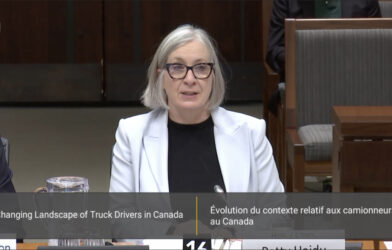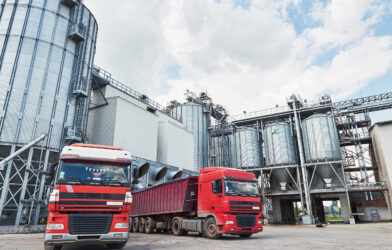In occupational health and safety (OH&S), hazard assessments are done to identify hazards that may be present to workers performing a certain job. Hazard assessments are part of a thorough health and safety program, and the biggest advantage they offer workers is that hazards are identified and controlled ahead of time instead of waiting for an incident to occur.
The Canadian Centre for Occupational Health and Safety (CCOHS) uses the terms hazard identification and risk assessment to describe the process of hazard assessment1. Hazard identification is done to see what hazards are present to workers in a task. Risk assessment then follows to rank the hazards in order of likelihood to produce serious harm to workers. This process gives an employer the ability to see what hazard controls need to be implemented first.
In the long haul trucking world, hazard assessments are important and mandated under federal and provincial legislation2,3. However, many trucking companies prioritise on-road safety and collision reduction to the point where other OH&S concerns receive little or no attention.
In this article, I will explain how hazard assessments apply to the trucking industry. I won’t go into detail about formal hazard assessments, but I will instead focus mainly on field level hazard assessments (FLHA). FLHAs are a useful safety tool that every truck driver should understand and practice, and no matter how indifferent an employer may be to OH&S obligations, all professional drivers can put FLHAs to use for their own protection when outside of their cabs.
Trucking Hazard Assessments – The Employer’s Job
Trucking companies must follow all applicable health and safety legislation. Companies that operate only within a single province will fall under the jurisdiction of that province’s OH&S legislation, and those that operate in multiple provinces and/or cross into the USA are regulated by federal OH&S rules (the Canada Labour Code Part II).
The responsibility for completing formal hazard assessments is that of the employer, not the worker4. As a driver, you are responsible for following the safety rules your employer requires you to follow – including using all personal protective equipment (PPE) – but you are not the one who needs to formally assess the risks present to the employer’s workers.
Field Level Hazard Assessments
A field level hazard assessment (FLHA), also called site-specific hazard assessment, is a way for workers to assess hazards immediately present in their work and control them as needed5. Formal hazard assessments are typically done in an office environment with input from workers, and as a result these documents do not reflect the precise conditions of a job site on a specific day.
You can think of a FLHA as a quick-and-dirty hazard assessment that is meant to help protect you for that specific day, work shift, or task. It is something that is done on a regular basis and as conditions change, and it is a relatively informal process when compared to formal hazard assessments.
For example, FLHAs are used on construction sites where the conditions change every day as the project progresses. At the start of each work shift, a supervisor trained in doing FLHAs can gather the crew together, discuss hazards present that day, and start the shift by doing what they can to eliminate or control the hazards. This process is documented each day/shift and becomes part of the company’s safety program.
Field Level Hazard Assessments for Truckers
So how can FLHAs help the solo long haul trucker? Since truckers often work without a direct in-person supervisor, few start their day with a safety meeting. However, the spirit of the FLHA is to keep an eye out for unexpected hazards and changing conditions, and this added self-awareness is just as useful to isolated workers as it is for workers on a crew.
Truckers see regular changes of scenery. Sometimes, it feels like you see two, three, or even all four seasons in one day, especially when driving through the mountains. Terminals and loading yards are different on each trip. Certainly this is a work environment where the ability to quickly see safety hazards in unfamiliar environments is important.
Here is a quick, general checklist you can use as a professional driver before leaving your cab. If you answer no to any of these questions, take a moment to decide what you can do to make the area safer:
- Will you be able to drive safely into and out of the area?
- Is your truck on a stable surface and protected from rolling with adequate parking brakes?
- Are you wearing appropriate clothing for the weather?
- Is your footwear appropriate for the ground? If it is icy, do you have traction aids?
- Do you have appropriate PPE for the area, like hi-visibility clothing, a hard hat, and gloves?
- Do you know who to contact for help in the yard? Were you orientated to the yard?
- Do you feel that the staff at the yard are operating in a safe manner? If not, can you safely perform your duties?
- Do you see any hazards to you, your vehicle, and/or your cargo that require special attention prior to doing your duties?
The purpose of the above checklist is to force you to think about your safety before just jumping out of your truck.
Summary – Self-Awareness
Field level hazard assessments are all about self-awareness. The more you know about your surroundings, the better able you are to protect yourself.
Unfortunately, not all trucking companies are properly managing their OH&S responsibilities. Creating a routine of your own field level hazard assessments can help you, the driver, make up for these shortcomings so that you can keep rolling safely for years to come.
References
1 – “Hazard Identification,” Canadian Centre for Occupational Health and Safety, accessed May 17, 2021, https://www.ccohs.ca/oshanswers/hsprograms/hazard_identification.html
2 – “Part 5 Program and Practice: Health and Safety Program,” Occupational Health and Safety Act, Government of Alberta, accessed May 17, 2021, https://www.qp.alberta.ca/1266.cfm?page=O02P1.cfm&leg_type=Acts&isbncln=9780779821907
3 – “Purpose of Part: Preventative Measures,” Canada Labour Code Part II, Government of Canada, accessed May 17, 2021, https://laws-lois.justice.gc.ca/eng/acts/L-2/FullText.html
4 – “Specific Duties of Employer,” Canada Labour Code Part II, Government of Canada, accessed May 17, 2021, https://laws-lois.justice.gc.ca/eng/acts/L-2/FullText.html
5 – “Hazard Assessment and Control: a handbook for Alberta employers and workers,” Government of Alberta, accessed May 17, 2021, https://open.alberta.ca/dataset/854e3880-1417-4c10-a494-feecc22336b3/resource/fc1e12fb-7d07-4713-8ff1-c0f64c4017d2/download/lbr-hazard-assessment-and-control-a-handbook-for-alberta-employers-and-workers-2020.pdf














Comments are closed